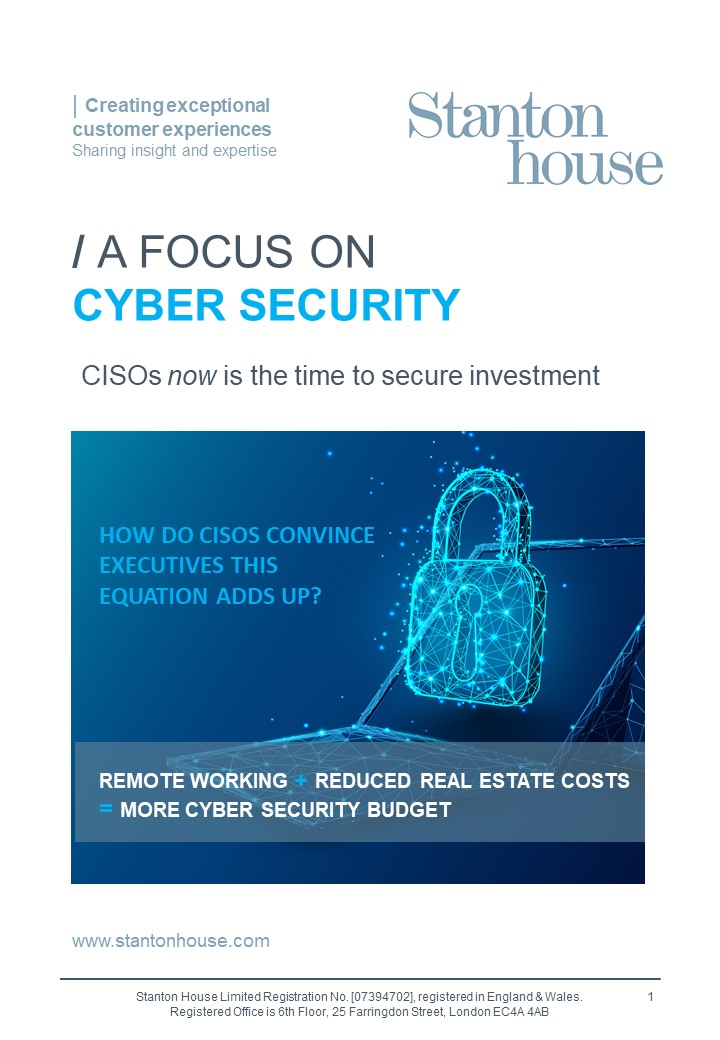
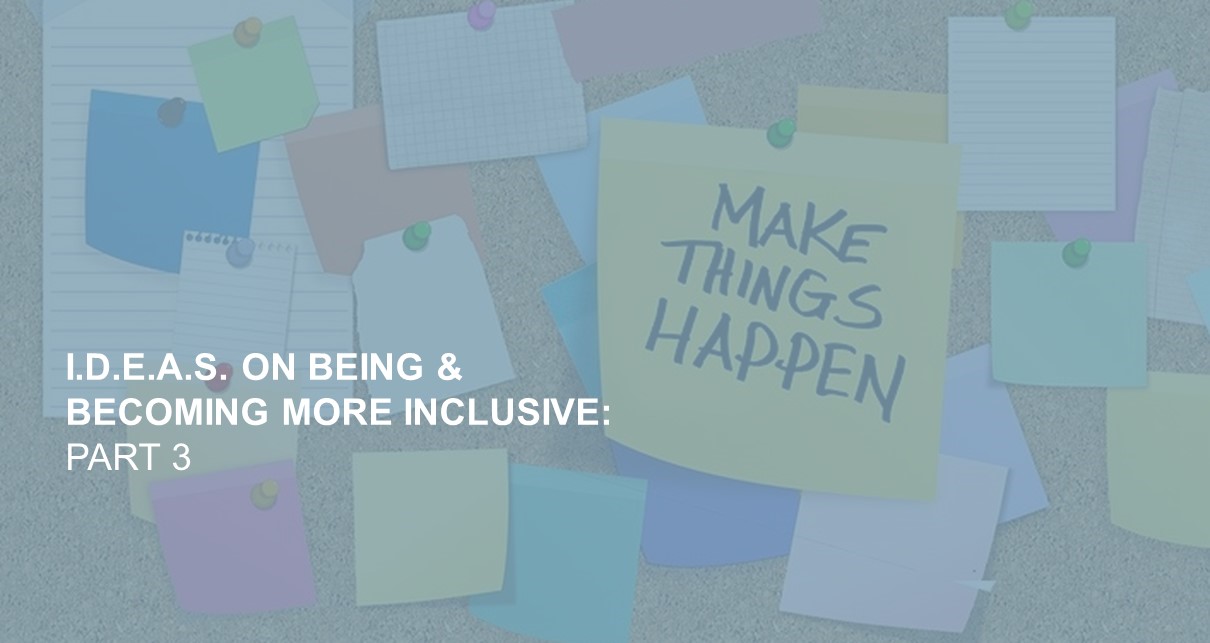
In part one and two of this blog series we brought you expert insight from Paul Anderson-Walsh, Co-Founder of the Centre for Inclusive Leadership, where he introduced the first two elements in the I.D.E.A.S © model on being and becoming more inclusive.
This framework enables organisations to better understand where they need to focus their efforts if they are to develop and sustain an inclusive environment in which everyone can be their best self and do their best work.
Part one explained the difference and importance of integrating new hires into an organisation rather than inducting them and part two explained the importance of developing your employees rather than letting their value depreciate. This week we turn to the next crucial element enabling your managers rather than expecting them to know how to lead.
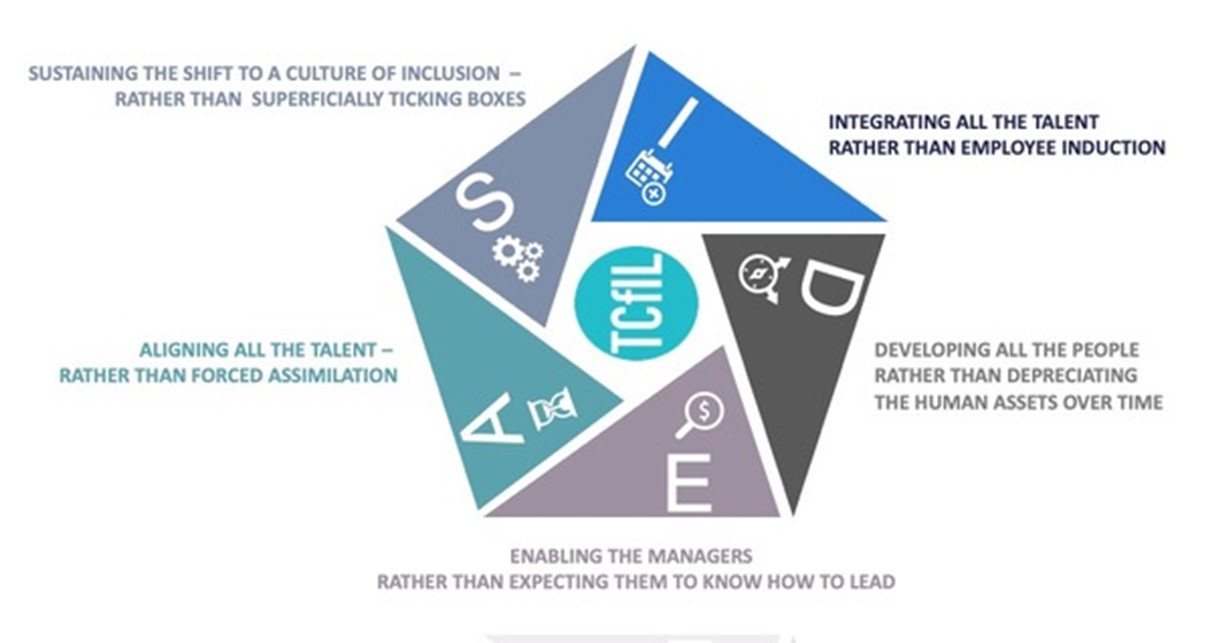

Enabling your managers
Far from being a confirmative short step, the transition from being an individual contributor (or producer) to a manager (or reproducer) is a journey. What makes people successful as individual contributors is different from that which makes them successful as leaders. The individual contributor (by and large) succeeds through his or her own efforts. Managers on the other hand succeed through the efforts of others. Being a manager calls for a different skill set. As well as maintaining their own performance, they must now focus on the development of others and the creation of an environment in which they can nurture and grow a high-performing team. In today’s complex, diverse and currently indefinitely home-based workforce that is a sophisticated ask which requires, agility, acuity and adaptability.
My experience is that managers (often) feel ill-equipped to be able to support the learning growth and development of all their people. Sometimes, struggling with their own feelings of inadequacy, which can show up in, for example, the form of imposter syndrome and sometimes feeling inadequate because they did not have the benefit of seeing development modelled for them by their line manager and therefore despite wanting to develop others, they simply don’t know how to.
The manager population tend to be the most under-resourced and under-invested-in cohort in the business. The number of managers I encounter who ‘make it up as they go along’ is concerning. At a minimum, managers must be helped to understand why inclusion matters; how to delegate; how to coach; how to have difficult conversations; how to manage change; how to give feedback and how to manage teams; how to manage conflict; how to manage up and how to carry-out mid-year and end-of-year reviews. This is a necessary investment for any organisation, seeking to get more from more of their people, more of the time.
Organisations know that it is their leader-manager population who are the engine that drives the culture. Knowing this, inclusive organisations strategically and systematically invest in their enablement to ensure that they, the managers are fuelled to make sure the business is powered by inclusion.
The leader-manager role can look different in different organisations. In some, they are expected to give up their individual production target/responsibility and are measured against the results of their team. For these managers the transition is from producer to leader-manager. (Model A). For others the leader-manager adds rather than sheds responsibility. They are still expected to produce whilst adding the leader-manager function to their list of responsibilities (Model B).
In Model A the manager needs to be a Mentor, whilst in Model B the key feature of their role is to model the organisational values, behaviours and best-practice.
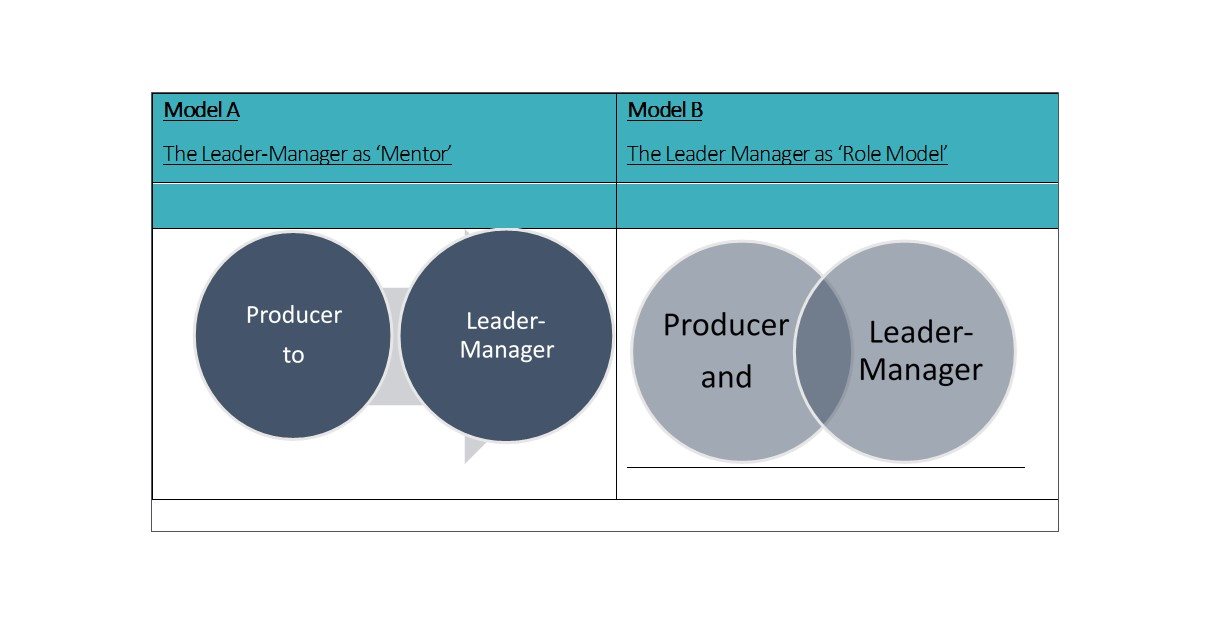
Inclusive organisations don’t expect that good producers will automatically be good leader-managers.. Consequently, organisations may need to reimagine the support they need to offer their leader-manager population to enable them to be able to lead their organisation toward achieving its goals.
The popularisation of Emotional Intelligence has shone a light on the fact that there is a link between self-awareness and empathy. For your leader-managers to develop and empower others you will need to invest in them to enable them to address the things that disempower them.
The shape and form of the investment you will need to make in your leader-managers will differ depending on circumstances, but your reimagining may be helped if you ask yourself how your manager population is distributed across these possibilities:
A) Leader-manager promoted from within
B) Leader-manager hired externally
C) Leader-manager/producer hired externally
D) Leader-manager/producer promoted from within
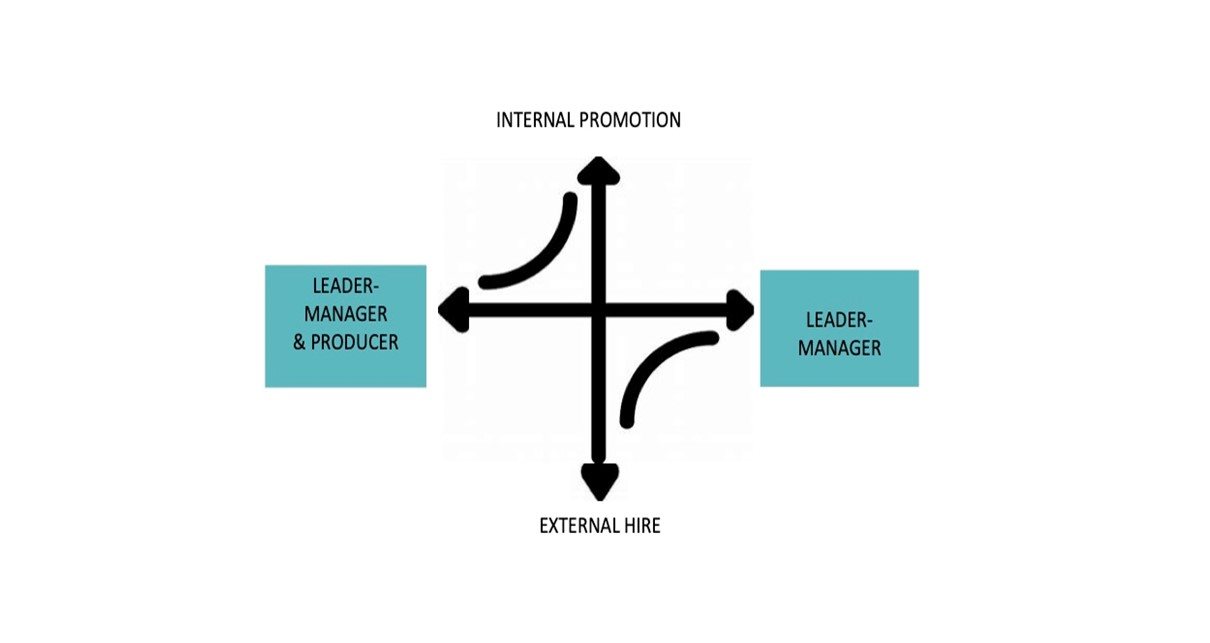
Whilst there will be development needs that are common to all your leader-managers, there will be needs that are particular to different groups. New hires will have different needs and opportunities to those internally promoted, in the same way, leader-managers will have different-needs and opportunities from leader-manager/producers. The more forensic you are in determining an individual’s particular needs the more likely you are to enable all your leader-managers to lead and support all your people.
Top tips for enabling your managers
1. Role model inclusive leadership to them
2. Tailor an inclusive leadership programme to their needs
3. Provide them with a coach
4. Provide them with a mentor
5. Provide them with a learning resource including moment-of-need resources
For information about the Centre for Inclusive Leadership’s Inclusive Leadership Programmes, please get in touch. Look out for my next blog where I explain the next element of the I.D.E.A.S.© model ‘Aligning’.
Share your insights
We’d love to hear from leaders on how you are adapting, implementing and assessing your workforce engagement and inclusion strategies as a result of the Covid-19 crisis. Please get in touch to share your insights.
Similar blogs




